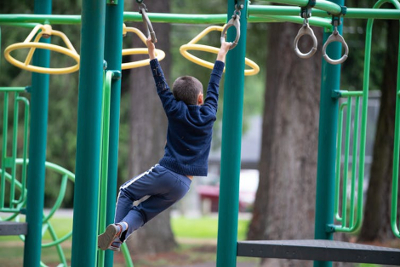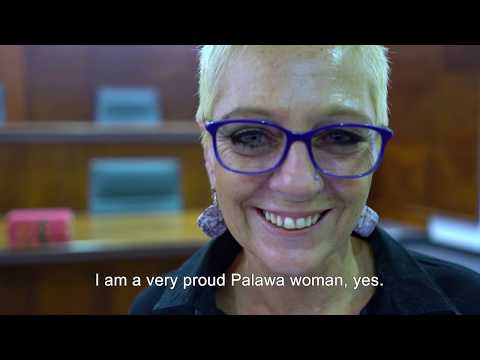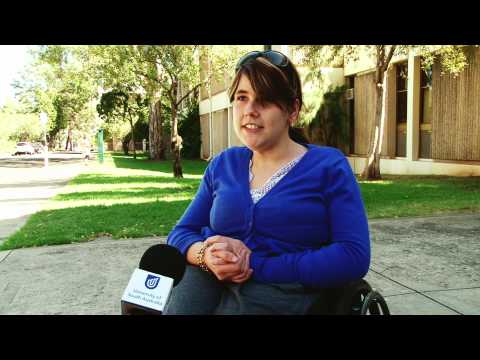COVID-19 has changed the education landscape in Australia. Lockdowns, School Closures, restrictions, all impact our children's education, and daily changes take place. For parents of children with a disability we roundup some resources to help you make informed choices.
Support for Victorian FamiliesShould I still send my child to school? Making Remote Learning workThe support schools can offer Making accommodations for individual needs What to do if your child is struggling Tips for consulting with EducatorsTherapySelf-care Can I use my NDIS package for more support? Who to contact if you need helpSupport for Victorian Families
If your child is enrolled in a Victorian School, How you can support your child with additional needs at home, provides guides on communications with the school, learning activities, recording progress, building motivation and where to find information and advice. Your child's school is there to help you both.
Should I still send my child to school?
Victoria schooling restrictions can be viewed here.
For other states and territories - With social distancing rules, we understand that classrooms and schools do not have the spatial environment or facilities to comply with social distancing rules. That is why parents who can care for and support their children learning at home, are asked to keep them home. Parents who are at work, or do not have the facilities to support a child learning from home, are recommended to still send their child to school. This is to ensure the school environment can better assist social distancing rules.
Children who are more susceptible to illness, immune-compromised or vulnerable are generally recommended to stay at home. If you are still unsure, consider your child’s individual needs and disability and seek advice from your healthcare professional. Telehealth is one way to stay in touch with your healthcare providers during this pandemic. Open communication with your child's school is also important.
Making Remote Learning work
Families are adapting to the situation in different ways. You may find it helpful to have your child dress in school uniform even if they are learning at home. Use of social stories as learning tools can assist children in understanding. Using visual timetables /schedules give structure, help children transition and can reduce anxiety. Spending a little time at the beginning of the day making sure instructions are clear, will help minimise questions throughout the day.
This resource Learning at home during a time of crisis COVID-19 by Australian Coalition for Inclusive Education (ACIE) is a comprehensive guide with suggestions on how to manage the change.
The support schools can offer
Many parents have been overwhelmed, thinking that they are now personally responsible for the learning content of their children. That is not the case. Schools and teachers are still required to provide curriculum-based learning, for remote/ online delivery, for ALL students.
Teachers are still planning lessons, marking work and communicating with students. In NSW, Educators have been undergoing professional development about Remote Learning, information on online platforms and supporting students.
Making accommodations for individual needs
Your child’s teacher may be using Google classroom, Class Dojo, The Skoolbag or other app, Printed workbooks, Large Print Versions, Visual Schedules, and online video-conferencing to send lessons, activities and communicate with your child.
Some schools have dedicated their Facebook pages to videos by the teachers supporting Science, Technology, Engineering and Maths (STEM), Cooking Challenges, Art, and more “hands-on” courses.
There is a small remote school who is in discussions with a locally owned TV network to provide lessons from the classroom aired on local TV during lockdowns. This community has adapted because they know the local internet capabilities will not support students learning online and with the support of the TV network, they have fostered a positive outcome.
Radio can be another resource in small communities and schools often have existing relationships in rural communities to bring on-air partnerships to remote schools.
Schools are still responsible for the provision of the learning content, and teachers are still available to ask questions. In NSW High School students can email teachers directly using their student portal on the DET website.
Schools are supporting children with disability in this time just as they do under normal educating circumstances. Teachers, School Learning Support Officers and staff will be open to accommodate learning options to suit students. You may need to initiate a conversation around accommodating your child's needs. The aim is to find a solution and work together with the school.
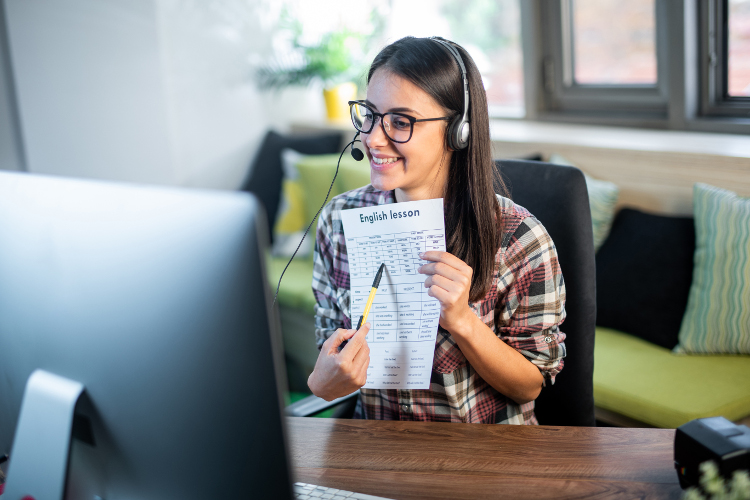
What to do if your child is struggling.
If your child is struggling, and the teacher hasn’t already made contact with you, contact your child’s teacher, or the Head Teacher Wellbeing or School Learning Support Officer (SLSO). Have an open and honest discussion, together you can choose the delivery methods that will work best. It might take a little trial and error to work through the best supports for your child. For High School Students, your child’s Year Advisor can be a contact to facilitate adaptations to delivery across all subjects.
If your child still continues to struggle, contact the Deputy, Principal to voice your concerns.
For further reading, Learning at Home during a time of crisis COVID-19 (Coronavirus) from Australian Coalition for Inclusive Education.
Tips for consulting with Educators.
Remember your aim is for positive learning outcomes for your child, and this will be your Educators aim too. This is a new situation for all.
- Communication is the key
- Recognise what is working well
- Offer suggestions on how improvements can be made
- Collaborate ideas and brainstorm for solutions
Therapy
You may find you can fit therapy more flexibly in your current schedule. Talk to your providers to confirm availability.
For information on the change of circumstances with COVID-19 and NDIS supports, for example, alternative therapy options, plan increases, changes and rearranging services see Your Plan.
Self-Care
We are all aware of the importance of caring or ourselves in times of stress. Self-care is important for our children too.
An insightful resource, Stand Tall Like a Mountain: Mindfulness and Self-Care for Anxious Children and Worried Parents addresses the need for self-care for children. Written by Suzy Reading a qualified psychologist, yoga teacher and health & fitness coach, this book is about broadening a child’s toolkit to include emotional first aid and a timely guide during the COVID-19 pandemic. It is available in English, Spanish, and Portuguese.
In this book -
- Learn tools for dealing with everyday emotions.
- Express how they are feeling.
- Learn about their bodies and minds in easy-to-read and understandable language.
- Develop tools for nourishment and coping with challenges.
- Use easy and fun yoga poses to promote positive feelings.
For further reading, you may enjoy Suzy’s suite of books on self-care.
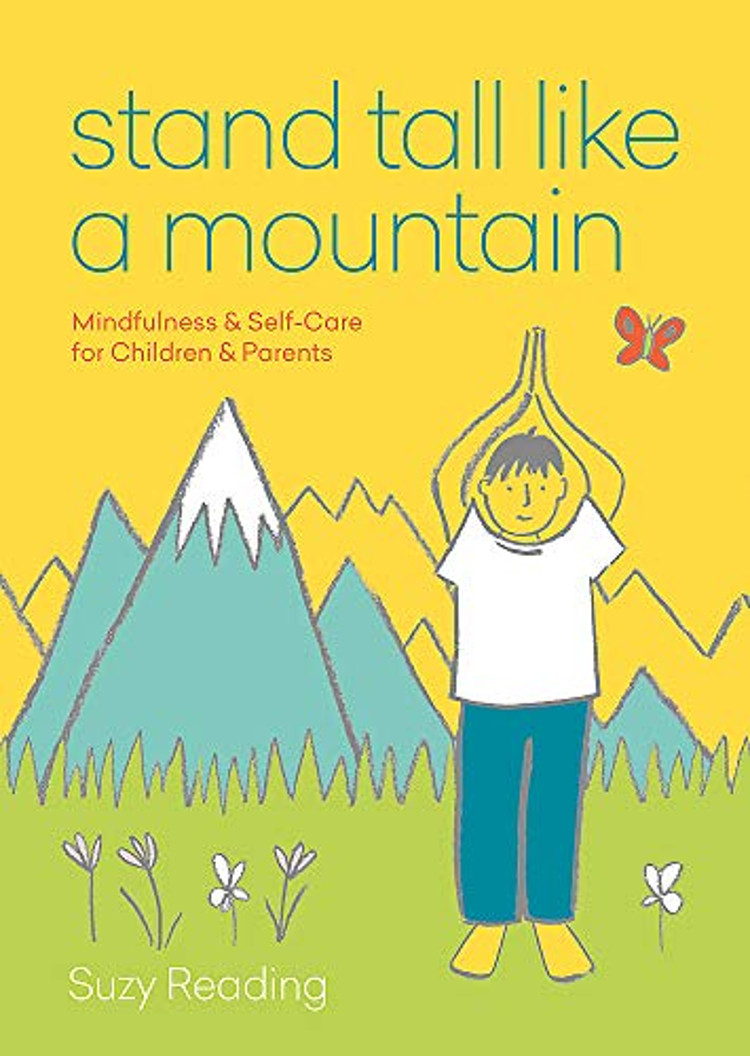
Can I use my NDIS package for more support?
The NDIA recognize that the situation surrounding COVID-19 calls for more supportive measures. In a recent NSW Government webinar on “Health & NDIS: Interface in the age of COVID-19” the following information was provided.
Assistive Technology
Participants who require it will have funding for Assistive Technology (AT) included in their plan based on reasonable and necessary guidelines. Supports costing up to:
- $1500 - do not require a prescription and can be purchased directly by the participant. The NDIA website states that “low cost, low risk AT under $1,500 could be purchased without further assessment, quotes or approvals once approved as reasonable and necessary in a participant’s plan” See Simpler Processes to Improve NDIS Assistive Technology.
- $5000 - require an OT prescription but no lengthy report or quote. • If AT is required and not already in a participant’s plan, then a light touch review can be arranged by contacting the NDIA on 1800 800 110 and requesting same.
- The Commonwealth Department of Health has stated that “… Measures such as phone or video calls must be accessible to all residents to enable more regular communication with family members. Family and friends should be encouraged to maintain contact with residents by phone and other social communication apps, as appropriate.” Read here for more information.
- Participants have the flexibility to use their funding as they wish. If in the current crisis, a participant is now accessing services online, then the purchase of AT would - prima facie - be reasonable. Services that may now be delivered online instead of face-to-face include telehealth consultations, OT services, instruction on exercise or training, virtual day programs, behaviour management support, social and community participation etc.
The NDIA state in connecting with and helping participants
“Our priority is to ensure participants are supported to meet their essential needs. This includes taking a flexible approach to amending plans and, where necessary, shifting capacity-building funding to core supports funding. For supports not included in a plan, special teams of planners are available to help make urgent changes to plans. Participants can phone 1800 800 110 for urgent assistance.”
See also Assistive Technology for support continuity during COVID-19
Other NDIS supports
For answers around additional support, flexibility in budgets, using capacity building budgets for essential services, see the Using your Budget FAQs by the NDIA.
Who to contact if you need help
- Your child’s Education Provider
- IDEAS – our Information Officers can assist you
- Advocacy Organisations
- Therapy Providers
See also
TelehealthLearning at home during a time of crisis: COVID-19 (Coronavirus)
For participants - Coronavirus (COVID-19)
From Down Syndrome Australia - Learning At Home






